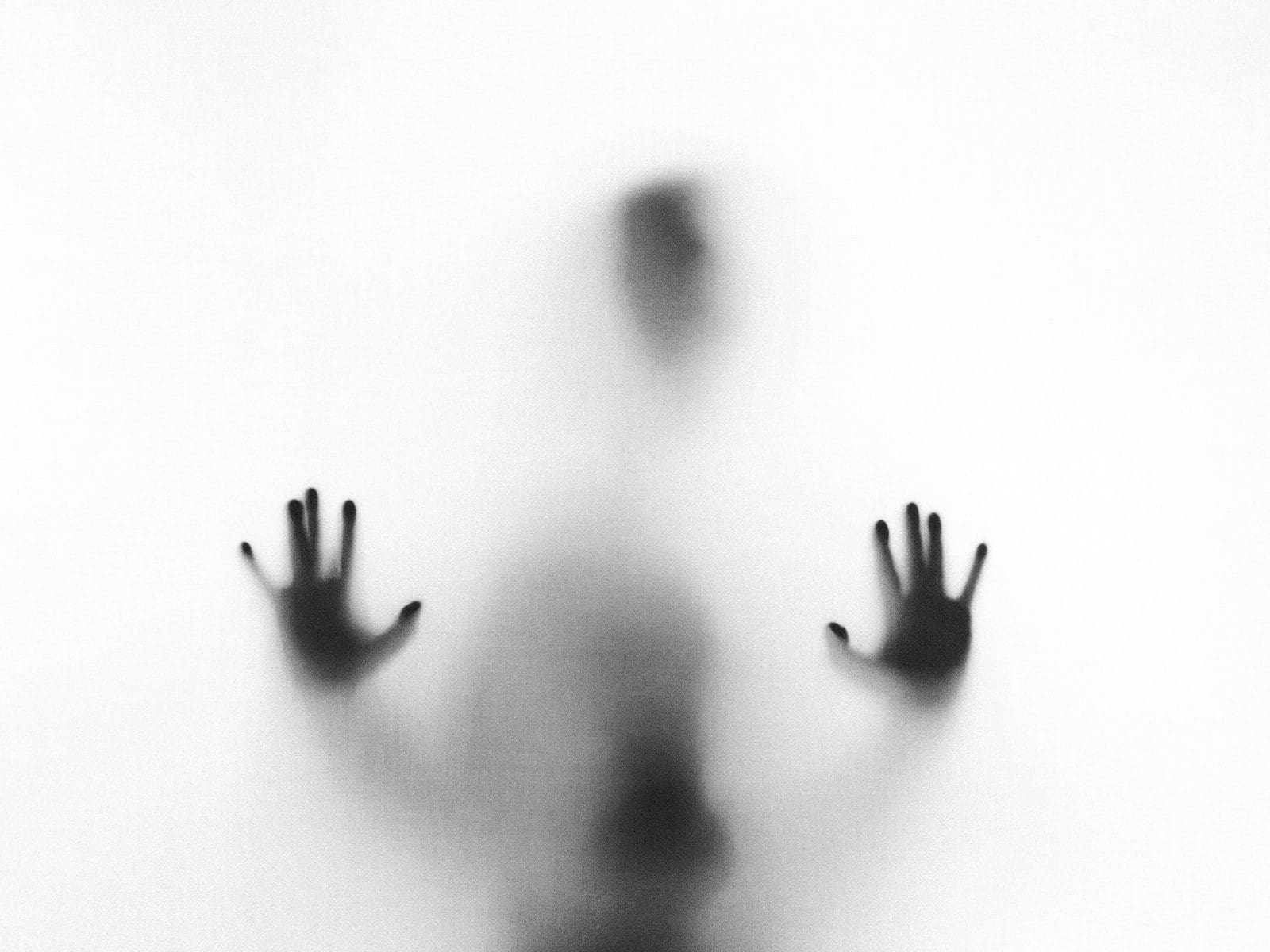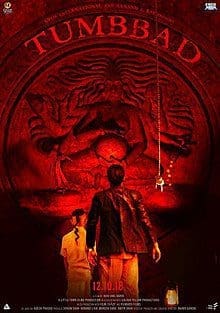

It is pitch black and dark outside. You end up in the most dilapidated-looking house or a place that resembles an ancient palace. Creepy women draped in sarees surround you and your friends to scare the living daylights out of you. Their foreheads are adorned with a coin-sized bindi, and most of them tend to jump out of their hiding places at night. They would have some sort of backstory, with a betraying boyfriend or husband. They are out for vengeance. In the end, you would get a priest for the exorcism or even a Swamiji to sing some chalisas. The ghost runs away, and then you can go back to living on the same property.
This sounds so familiar because this has been the template for ninety percent of the horror movies that Indian cinema has come up with. Some movies even took it to the next level by sneaking in sizzling set pieces for those midnight theatre audiences. Either the horror film fans have adopted the Hollywood classics as their own, or they don’t want this stagnant content to change. There are several reasons why the horror genre is a big let-down from one of the biggest film industries in the world.
Ambiguous segregation
The horror film genre has a clear-cut definition in Hollywood. There are several writers and directors who have amassed popularity from their films in the horror genre. They use different ways to thrill and jolt the audience. Using sound design and unpredictable jump scares, coupled with a proper script, helps to diversify the genre. James Wan and Ari Aster are pioneers of the horror film genre. They believe in different types of horror that explore and successfully showcase fear. A horror film has to have elements of thrill, creepiness, and a subtle tinge of mystery. We often end up fearing the things we are most unclear or confused about. Exploiting that thought is a great approach to making a horror film.
Uninspiring Inspirations
If making horrible movies is a mistake, ripping off a movie becomes a sin. Many writers and directors blatantly copy Hollywood to make an unauthentic and boring horror flick. As they do not understand the psychology behind the horror, they go after Hollywood and Korean films to model a script. The main problem behind horror is that it is based on a lot of elements. Most horror films made in America would be adhering to something unholy happening with respect to the Christian faith. Korean and Japanese films try to understand the unpredictable side of the human mind. It is imaginative and well-constructed. Even heinous crimes and spine-chilling serial killers can become the elements of a good horror movie. Scream and Orphan are the most perfect examples to blend gruesome murders into the horror genre. Sometimes it is just the psychological effect or the aftertaste of a movie that actually scares you. Midsommar and The Shining prolong that aftertaste till the final frame. Those movies creep out the audience. That element of uneasiness and dread is what Indian films are lacking.
Lack of Individual awards

India has a huge market for all its films. Each individual industry keeps on toppling each other for becoming the best film industry. But still, no one has perfected the art of making an exceptional and innovative horror film. Some exceptions would be Tumbbad and the Tamil movie Pizza. Since the horror genre is so much neglected by the Indian audiences themselves, several film committees have done the same thing by not keeping individual awards for it. Hollywood has the Saturn Awards for science fiction and horror. They also have the Scream Awards for the best horror films. These act as a motivation for the next horror writer or director to come up with the next big idea for a horror film.
India has vast mythology of many superstitions and supernatural elements. It would just take a few years for the artists to exploit and use these untold stories to create horrific masterpieces. But the first move in the right direction would be for the mainstream filmmakers to start experimenting with the horror genre so that it gets a separate voice of its own.

Be the first to comment